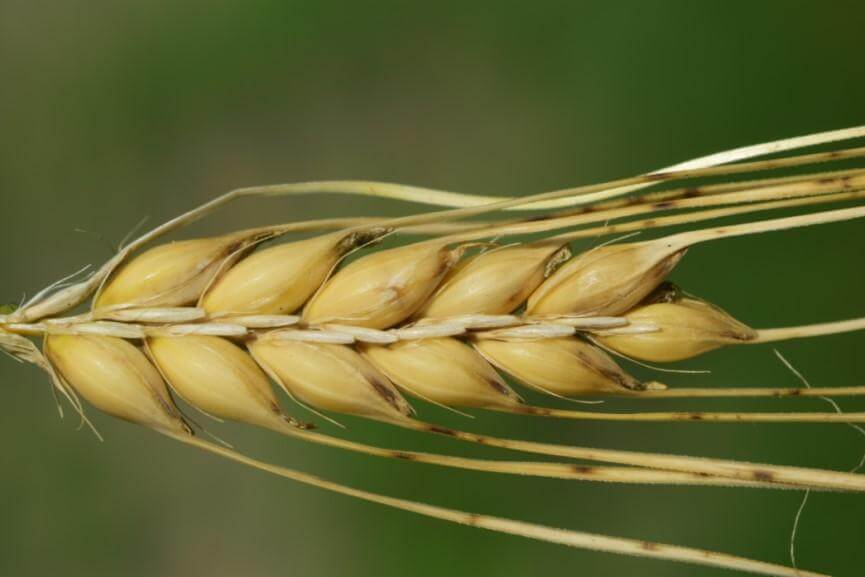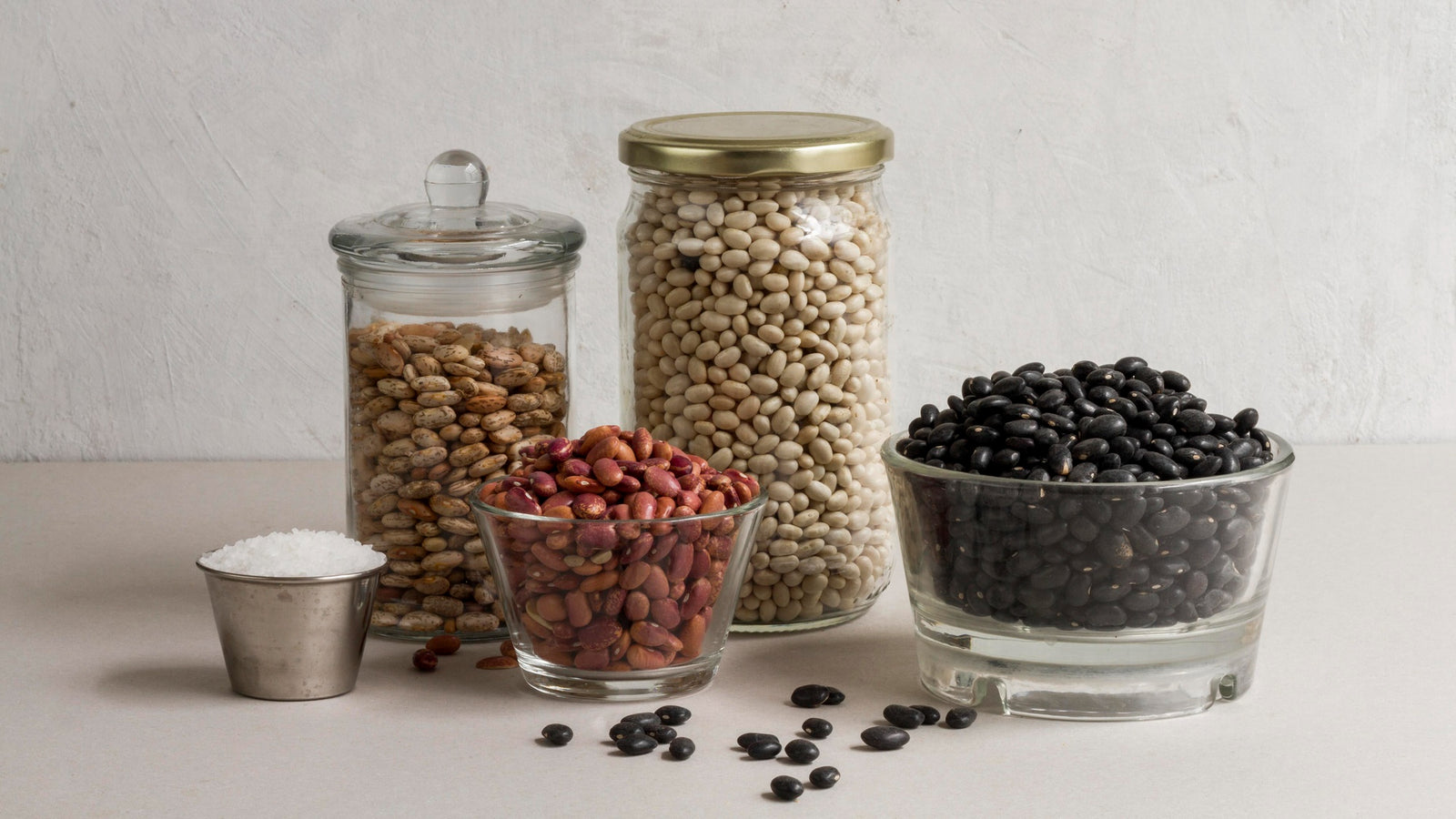
June 02, 2020 2 min read
More & more people are recognizing the health benefits of barley. In its unrefined form (Hulledor Hull-less, also called ‘eBarley’) it has the highest fiber of any grain. Plus, it is the best kind of fiber, beta-glucans. All this fiber means that making 60 grams of barley part of your daily diet can help lower your blood sugar, cholesterol, and boost your immune system. There is also some evidence that adding more fiber to your diet can help you lose weight. Note that barley does contain gluten, so it is not suitable for those with celiac or other gluten sensitivities.
Pearled barley (and any products made from pearled barley are not as nutritious, nor do you get the fiber benefits as pearled barley is considered a refined grain (think white rice). However, because barley is unique in having the fiber content spread out through the entire kernel of grain (instead of just the bran layer), it still has a decent fiber content in this form.
To learn more about what makes each of these types of barley unique check out our blog: Hulled, Hull-less & Pearled Barley: What's the Difference?

Taste Differences
There is not really a large difference in taste between the three, except that Pearl barley is a bit more bland with Hulled and Hull-less barley being nuttier in flavour.
Cooking
When cooking any barley, always use a 3 to 1 ratio (3 cups water to 1 cup barley), bring to a boil then simmer. The simmer time is 50-55 minutes for unrefined, 45 minutes for Pearl.
Unrefined barley (Hulled & Hull-less) both need to be soaked overnight in freshwater first. They retain their shape and are chewier. This makes them a good addition to soups and salads or as a base for a grain bowl. Whole grain barley can be made into other whole-grain products including barley grits, barley flakes, and barley flour. It can also be sprouted and dried before being made into any of these products to increase nutrition. The best sprouting barley is Hull-less.
Refined barley (Pearl, also known as ‘quick pearl’) does not need to be soaked and softens a lot more when cooked. This makes it well suited for creamier dishes such as risotto. It can also be used to make barley grits, barley flakes, and barley flour.
Any type of barley can be substituted in place of rice in dishes to increase the nutrition and fiber content, or even in place of oatmeal in the morning.

❤ Try our USDA certified organic Barley Products ❤
Recipes:
Related Blogs:
Thanks for reading this Be Still Farms Blog article. To sign up for more news/articles and/or recipes, click here. For more about us, click here. To shop our certified organic products, click here.
Please comment and share and we look forward to serving you in the future!
Comments will be approved before showing up.

April 24, 2024 3 min read
This article explores the unique characteristics and culinary uses of pinto beans, small red beans, and black beans. Highlighting their distinct flavors, textures, and nutritional profiles, the piece delves into how each bean fits into different regional cuisines and cooking methods. From the creamy texture of pinto beans in Mexican dishes to the firmness of small red beans in Caribbean meals and the robustness of black beans in Latin American recipes, this guide offers a comprehensive look at these versatile staples in global kitchens.

April 22, 2024 3 min read
This article traces the journey of organic kasha, also known as toasted buckwheat groats, from its cultivation as a seed to its role in sustainable agriculture and its culinary uses on the dining table. Highlighting the eco-friendly farming practices and nutritional benefits, it delves into how kasha supports both personal health and environmental sustainability. Rich in protein, fiber, and essential nutrients, kasha is celebrated for its unique flavor and versatility in dishes ranging from traditional Eastern European recipes to modern health-conscious meals.

April 17, 2024 3 min read
© 2024 Be Still Farms- Real, Fine Organics.
Privacy | Terms | Refund Policy | Organic Certification
